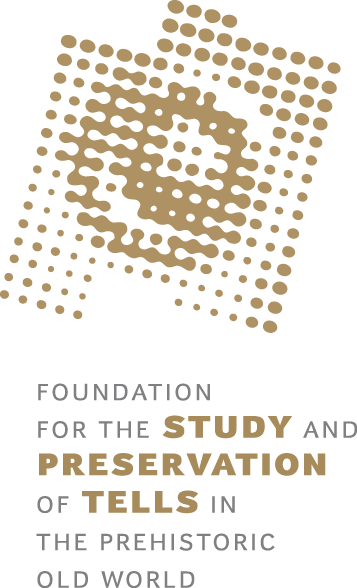
Our Mission
Funding
FUNDED PROJECTS
Donations
Who We Are
Absolute Dating of the Bronze Age Tell at Toboliu Dâmbu Zănăcanului (Bihor, Romania)
Marian A. Lie (Iași, Romania) and Alexandra Găvan (Köln, Germany)
The Bronze Age tell settlement of Toboliu Dâmbu Zănăcanului was first mentioned in 1904, when artefacts were collected from the surface of the site. The first systematic excavations at the site began in the 1960s, carried out by archaeologists from the Oradea Museum. Unfortunately, this work was never published. New archaeological research at Toboliu began in 2014 and has developed into an ongoing multidisciplinary project, combining classical archaeological excavations with interdisciplinary non-invasive investigations.
Excavations at the tell between 2014 and 2017 revealed a 4 m deep stratigraphy that encompassed seven distinct phases of occupation dating to the Middle Bronze Age. Each phase provided unique insights into the architecture, subsistence strategies and domestic activities of the communities inhabiting the settlement. In terms of house layouts, a variation of two and three compartment structures was uncovered, suggesting a more complex organisation of household activities than previously thought.
Since 2018, our main research focus has been on the extensive outer settlement surrounding the tell. With the help of systematic surface surveys and geomagnetic prospection, we have been able to establish that the off-tell occupation at Toboliu extends over an impressive area of around 84 ha, making it the largest outer settlement known to date within this chronological and geographical framework. Based on the geomagnetic map, we carried out targeted excavations and a programme of core drilling on anomalies that we considered to be former structures, in order to better understand the stratigraphy and have a more general perspective on the chronological span of the outer settlement. This research has also benefited from an interdisciplinary approach incorporating archaeobotanical, archaeozoological and geoarchaeological studies, providing further insights into the social and economic dynamics of the communities that inhabited this site for over half a millennium.
The settlement at Toboliu, particularly the off-tell occupation, benefits from a well-established absolute chronological framework. By contrast, the tell sequence itself so far has only been dated by C14 in broad outline. The project funded will improve this situation and provide a longer series of radiocarbon dates on the basis of which a detailed chronostratigraphic interpretation and Bayesian modelling of the tell sequence will become feasible. Beyond improving our understanding of its internal chronological sequence, the project will also help to clarify the links between the tell phases and the evolution of the surrounding settlement.

